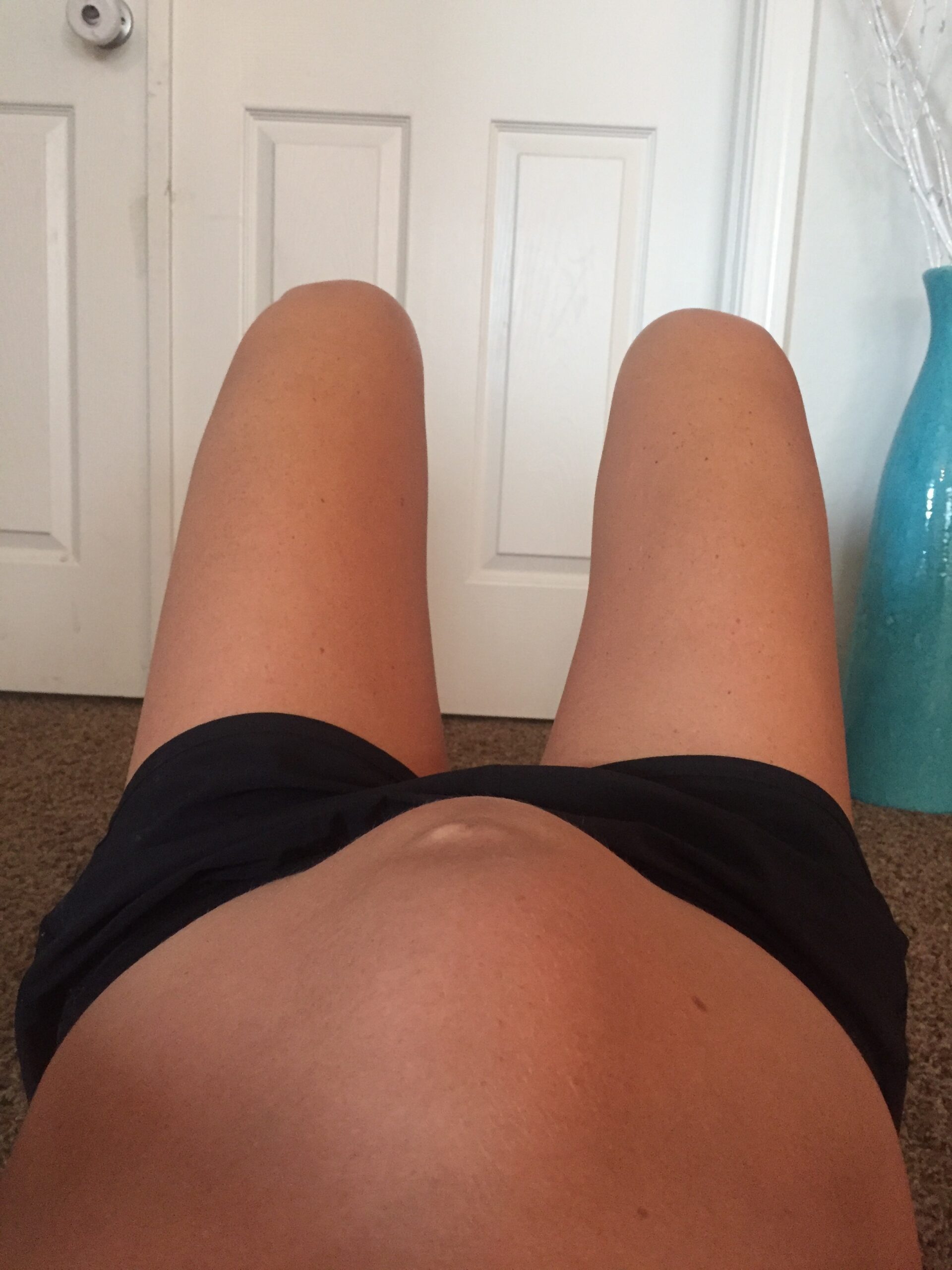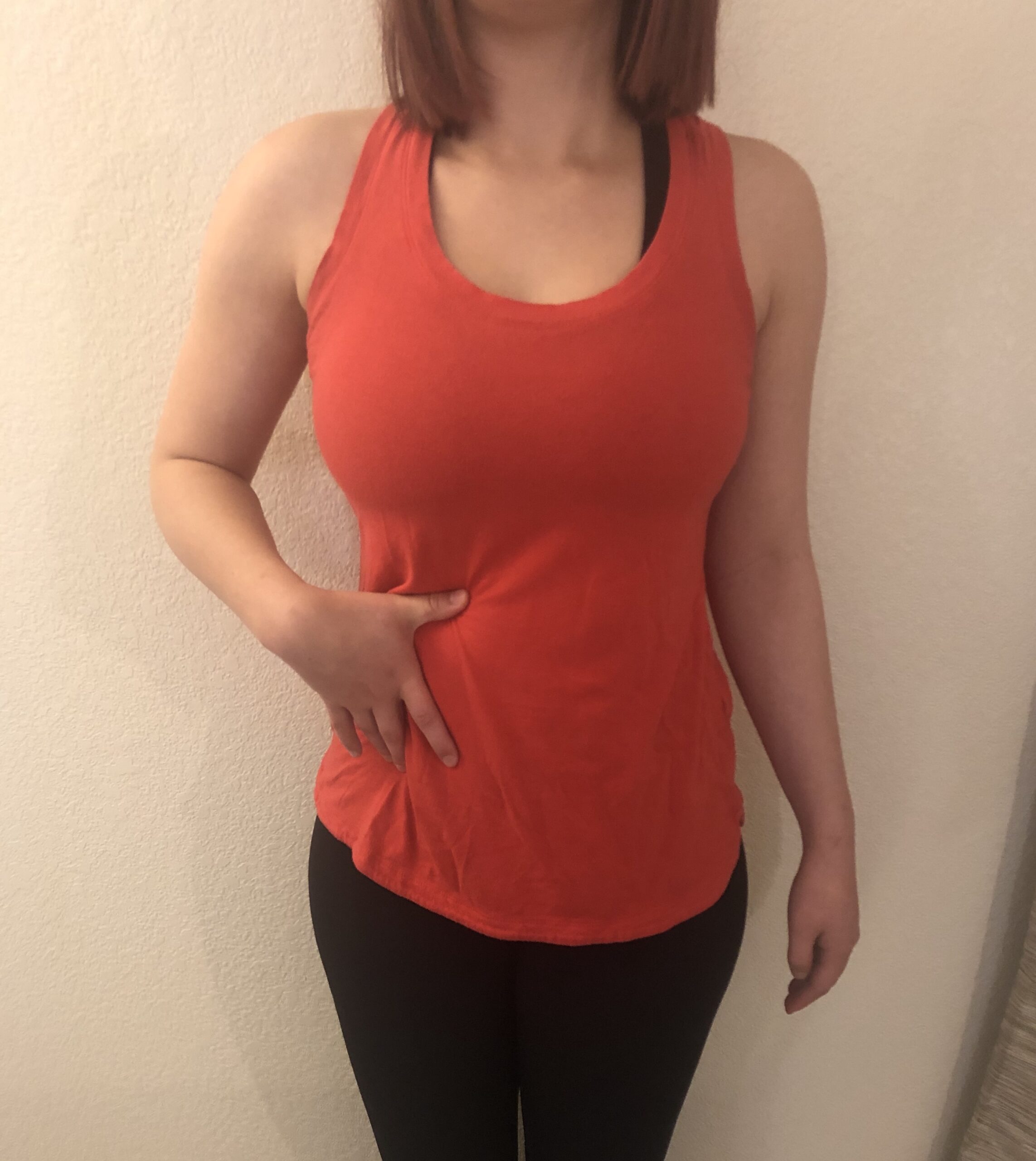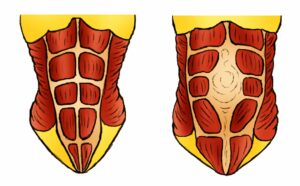Caring for your Belly During Pregnancy-Preventing Diastasis Recti
Part 1-Preventing Diastasis Recti in Pregnancy
Congratulations on being pregnant! There is a lot of changes that will be happening to your body over the next 9 months, the biggest one happening to your belly. You probably aren’t that concerned about your belly getting huge, because it will! But you should! Things you do to your belly during your pregnancy can impact your delivery and recovery.
As the belly gets larger one of your abdominal muscles, the rectus abdominus naturally separates to allow the uterus to expand. How you use your body can cause greater strain on this muscle and separate it more. But it doesn’t have to. The farther apart this muscle separates the less support your abdominal muscles have to keep your baby in a good position for labor and the longer it will take to heal afterward. It’s important for you to take care of your belly and avoid putting excess strain on the muscles of your abdomen so you can minimize the separation of your rectus abdominus muscle.
How to Avoid Straining Your Rectus Muscles
There are three important aspects to know about protecting your abdominal muscles during pregnancy. Since they are each pretty involved this blog will be in three parts so you can better understand each section. Before we get into those three aspects let’s talk a bit about the abdominal muscles and what we want to prevent.
The rectus abdominus muscle consists of two sets of muscle bellies that run parallel and are held together by a connective tissue called the linea alba. This muscle runs from the end of the sternum to the pubic bone. As the uterus expands the muscle bellies can separate and the linea alba stretches thin. This creates what is called a diastasis recti. The degree of separation depends on the size of your baby and what activities and stresses you put on this muscle while you are pregnant.
 You will know if you have this separation if you notice a bulging out or doming in the midline of your abdomen when you do activities. Any bulging of this tissue can cause the muscles to separate more.
You will know if you have this separation if you notice a bulging out or doming in the midline of your abdomen when you do activities. Any bulging of this tissue can cause the muscles to separate more.
Avoiding any bulging is what we will be talking about in the second part of this blog post but for now let’s talk about how to prevent it in the first place.
How do you Prevent Diastasis Recti?
The way you hold your ribcage during pregnancy is one of the biggest contributors to the development of diastasis recti. Sometimes you may be inadvertently lifting your lower ribcage to make more room for your baby. It is more common to do so if you are shorter waisted. Or it could be from a habit of slouching your shoulders forward and instead of just moving your shoulders backwards you lifted your lower ribcage to move them back instead.
Rib Thrusting
So are you a rib thruster? Let’s find out. Your lower rib cage should be in the same plane as your hipbone. The way to tell if you are is to check the bottom edge of your ribcage and see where it is in relation to the front of your hipbones. You know those little bumps on either side of your hips, which professionals call your anterior, superior iliac spine, or ASIS for short. If you draw a line from your nipples down to the edge of your ribcage place one finger there and then find that little bump on the sides of your ilium and see how these two points line up. Are your ribs out in front of your hipbone? If so, then you are a rib thruster! If they line up in the same plane, as if walking forward to a wall, both boney points would hit at the same time, then you are not a rib thruster. Good for you!

YOUR RIBCAGE
Thrusting your ribs puts added strain on the abdominal muscles and can separate the recti muscles, especially when you are pregnant!
 To correct this rib thrusting, take that lower point of your ribcage and move it DOWN and back. This movement happens at the spine and not with your abdominal muscles. Standing with your back against a wall keep your shoulders and head touching the wall, see if you can get your lower ribcage to make contact with the wall. If your shoulder muscles are too tight moving your ribcage backwards can cause your shoulders to pull forward. That’s a whole other post, so stay tuned.
To correct this rib thrusting, take that lower point of your ribcage and move it DOWN and back. This movement happens at the spine and not with your abdominal muscles. Standing with your back against a wall keep your shoulders and head touching the wall, see if you can get your lower ribcage to make contact with the wall. If your shoulder muscles are too tight moving your ribcage backwards can cause your shoulders to pull forward. That’s a whole other post, so stay tuned.
Work on keeping your ribcage down and back with everything you do, especially while walking. It’s going to take a long time to break this habit. But every chance you get, remember to bring them down and back and in line with your hipbones.
When your rib cage thrusts forward there is increased pressures in your abdominal cavity. This increased pressure has to go somewhere. It can go up into the diaphragm and cause reflex or go down and cause inguinal hernias or force the abdominal muscles to separate. When you bring the rib cage down and back the pressure evens out and decreases the forces in the abdominal cavity, helping everything out.
So your focus, for now, is to see where your ribcage is hanging out. Work on bringing them down and back to be in line with your hipbones.
In the second part of this series we will be talking about how different activities you do can contribute to diastasis recti.
If you want to know how to heal Diastasis please check out my online course, Confidence in Your Core, Pelvic Floor and More.
